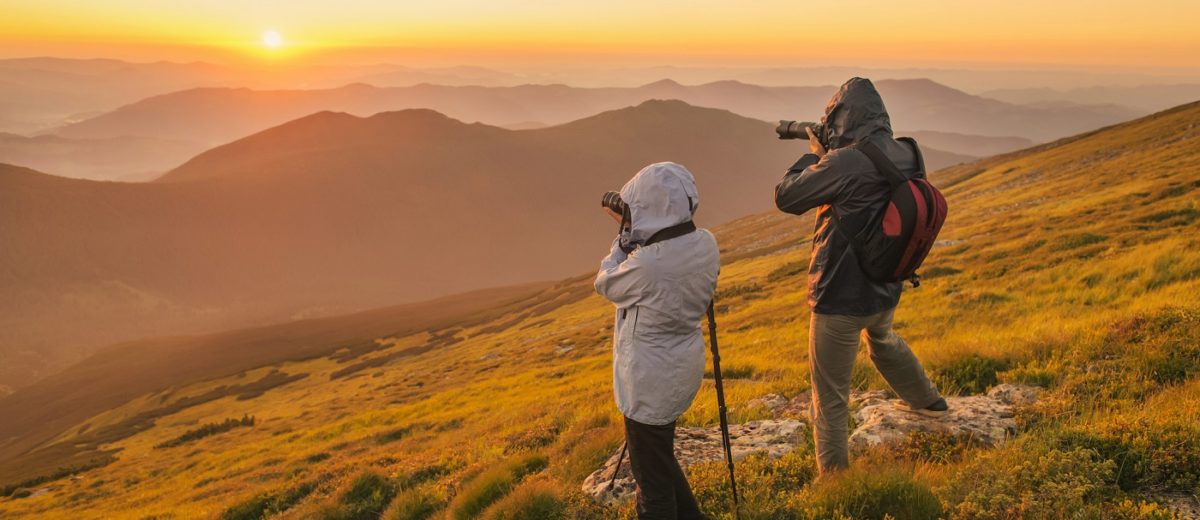It can be wonderful to capture the stunning beauty of nature into an amazing photo. However, shooting outdoors does present photographers with a number of technical challenges. They shall have a lot less control when shooting outdoors, due to which they have to swiftly adapt their procedure. While doing so can be easy for experienced professionals like Bruce Weber Photographer, amateurs may take a bit of time to get comfortable with outdoor photography. Moreover, shooting outdoors does provide photographers access to an expansive range of possibilities and subjects.
While shooting outdoors, photographers generally have a single light source, the sun. Working with natural light can be the biggest asset, and also a huge challenge. Unlike portrait or indoor photography, one would hardly have any control over the director or intensity of light outdoors. Shooting during the midday may create washed-out highlights and harsh shadows that may cause the photographers to lose a number of details. If they find themselves shooting with the sun, photographers must make sure that it is behind them, so that the sun illuminates their scene, instead of overwhelming it. The ideal times to shoot with natural light are early in the morning and evening, when the light is softer and more diffuse. To take the advantage of the golden hour, the photographers have to be on-location at least an hour before sunrise or after sunset.
It is crucial to remember the three key variables of photography, while taking landscape images. These variables include aperture, shutter speed, and ISO. Taking great outdoor would require the photographers to manipulate and balance all three variables. Hence, it is important to shoot in manual mode while using a DSLR. Not only would doing so will allow the photographers to learn the nuances of these variables, but will also help them to capture different effects. For instance, an ultra-crisp landscape that picks up the texture of rocks and leaves may call for smaller aperture and higher shutter speed. If the photographer is shooting water, however, they should try to create some artful blur in order to capture the feeling of motion. In such situations, it would be ideal to experiment with lower shutter speeds.
One must never forget to pay attention to the ISO or film speed of their cameras. High ISO may let in more light, but at the cost of an increasingly grainy image, and doing so is not ideal when clicking photos. Therefore, it is always better to keep ISO as low as possible, and find other ways to stabilize the image. It is important to select the right lenses when shooting outdoors. While a standard 50mm lens might work great for normal street photography, it is not good for capturing wildlife in motion or dramatic landscapes. Experienced professionals like Bruce Weber Photographer generally have a good understanding of the type of lenses to use for each photography style, but amateurs need to do proper research before taking off to click landscape images.

